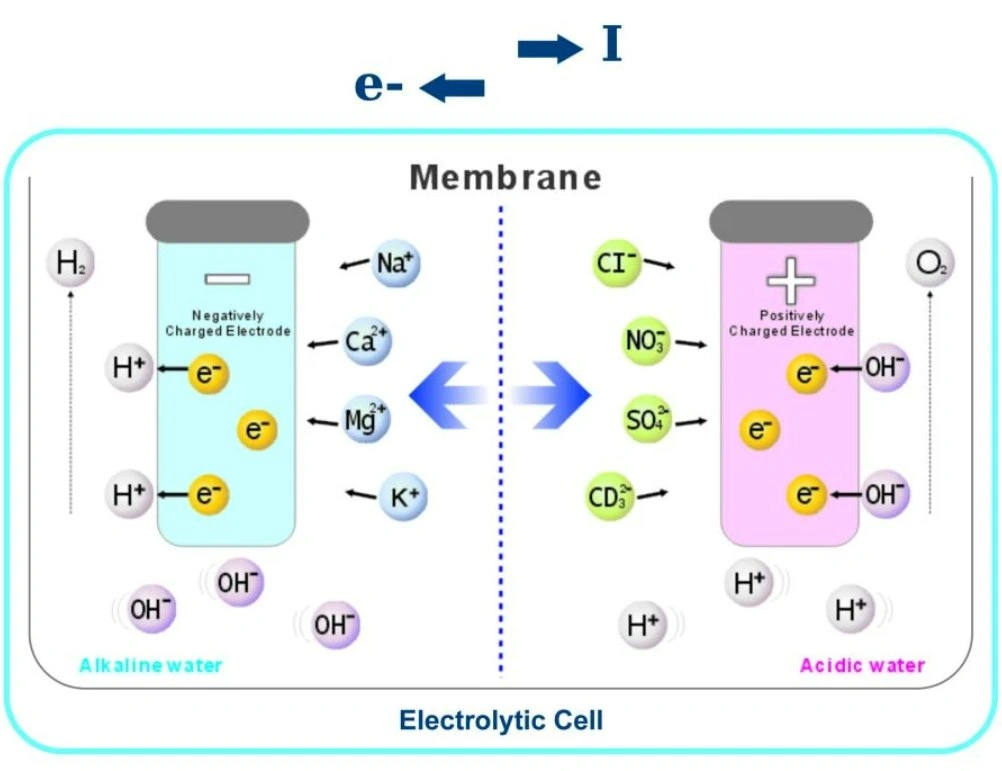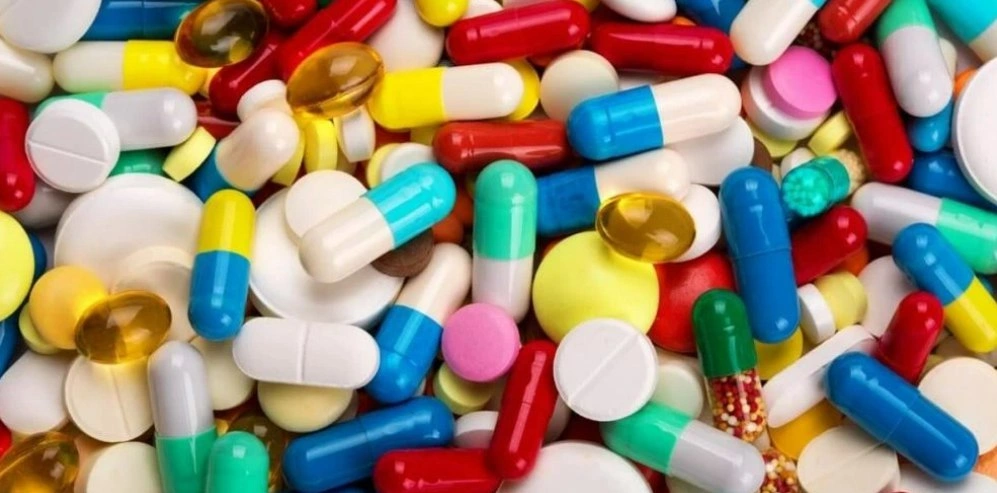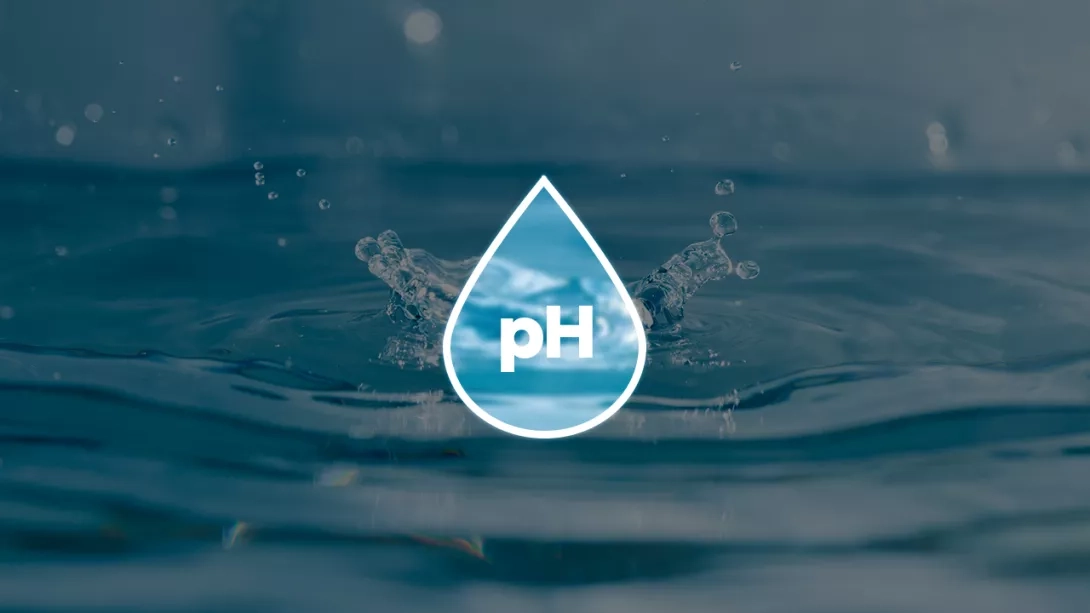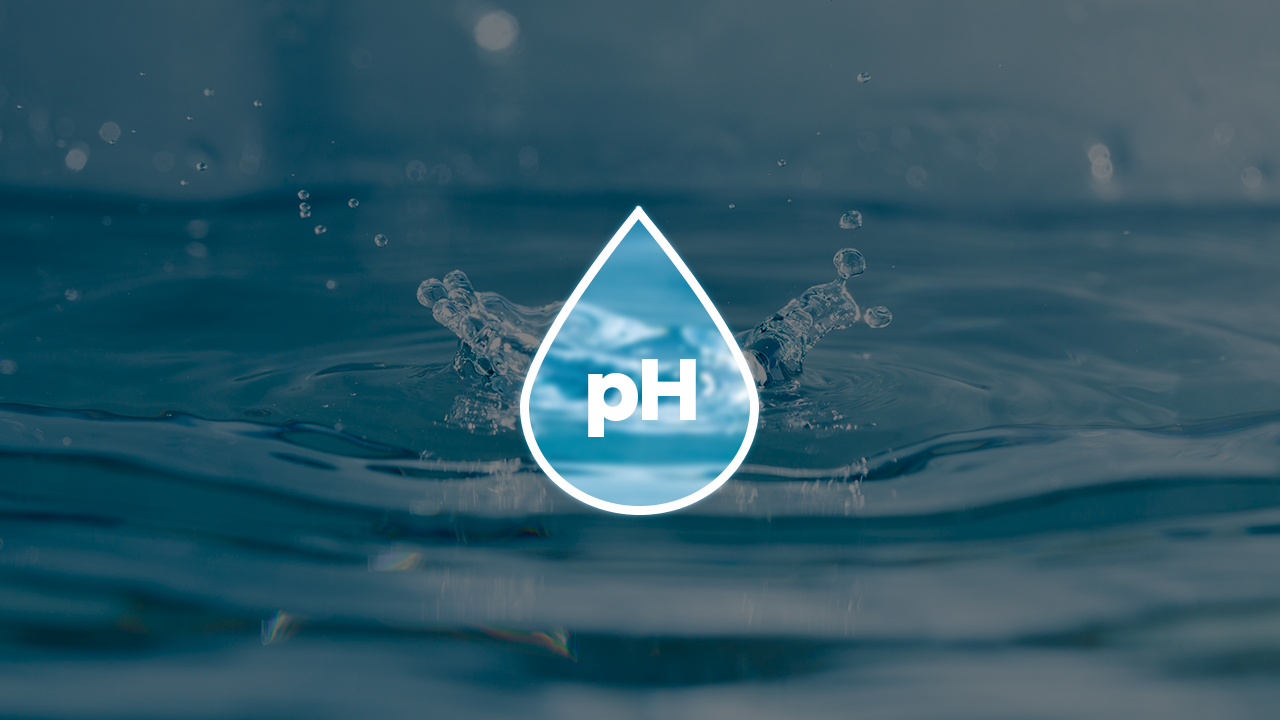Some people take alkaline water as a drug therapy, while others believe that it should be consumed constantly. Let's try to figure out what is true and what is myth in this story.
What is alkaline water?
In fact, such water contains a set of minerals that provide a hydrogen index (pH) above 7. It is worth noting that pH is not the only indicator that determines alkalinity. There is also an indicator of the same name, which determines the sum of hydroxyl ions (OH-) and weak acid anions (carbonates, bicarbonates, silicates, borates, sulfites, hydrosulfites, sulfides, hydrosulfides, humic acid anions, phosphates) contained in a liquid.
Alkalinity is determined by the amount of strong acid required to neutralize 1 dm3 of water. The alkalinity of most natural waters is determined only by calcium and magnesium bicarbonates, but the pH of these waters does not exceed 8.3.
WHO recommendations and evidence-based medicine
To begin with, the permissible values of the hydrogen index of drinking water in accordance with the requirements of the World Health Organization and national standards of Ukraine are 6.5-8.5. If the value is higher, then it is considered to be harmful to human health and well-being.
The document that justifies certain levels of hydrogen index states that the impact of acids and alkalis is determined by their strength and concentration. The main focus is on the fact that an increase in the level of acidity or alkalinity of water in centralized water supply systems can lead to their corrosive effect on pipelines and, accordingly, the release of heavy metals.
What about drinking alkaline water? Exposure to extreme pH values (above 11) leads to irritation of the eyes, skin and mucous membranes. Sensitive people may also experience irritation of the gastrointestinal tract. Exposure to water with low pH values leads to similar results.
Alternative opinion
We decided to find out first what this “alkaline diet” is. Once in the human body, food is broken down into certain simple compounds, including acidic and alkaline substances.
A special index, PRAL (potential renal acid load), was developed to evaluate food products. The principle of forming this indicator conditionally shows which foods cause the release of more acidic ions into the body and which alkaline ions.
The formula for calculating these indicators looks something like this:
PRAL = 0.49 x protein (g/day) + 0.037 x phosphorus (mg/day) - 0.021 x sodium (mg/day) - 0.026 x magnesium (mg/day) - 0.013 x calcium (mg/day)
Food with a positive PRAL is considered acid-forming, while a negative PRAL means that the food is alkaline. In general, fruits, vegetables, potatoes, wine and spirits are considered alkaline, while cereals, meat, dairy products, fish and beer are considered acidic.

What role does water play in this situation? Since modern nutrition, according to the followers of the “alkaline” movement, is considered acidic, it is necessary to neutralize acids with water with a high pH.
Is it possible to make alkaline water?
The most obvious way to make it is to add certain reagents to it. Google offers a number of methods in this case. Let's talk about them from the point of view of chemistry.
1. Soda (NaHCO3) and salt (NaCl).
It is worth noting here that the recommended proportions in different sources range from “on the tip of a knife” to “half a teaspoon” per 1 liter of water. Such recommendations sound at least strange, since the content of alkaline ions and, accordingly, the pH of such solutions can vary greatly. Here's an example: a spoonful of soda contains about 3 grams of salt and about 5 grams of soda, meaning the solution will contain 0.3% soda and 0.5% salt. We did the math and found that
the approximate pH of such a solution is 9.5, while the norm is up to 8.5;
alkalinity - 30 mg-eq/l, which is 4.5 times higher than the norm;
sodium content - 6000 mg/l, which is 30 times higher than the MPC and the daily salt intake.
Hence the conclusion: such water is not recommended for consumption, especially not frequently.
2. Lemon
Let's take one of the most common methods: here, one lemon is cut and infused in two liters of clean water. This method, by the way, also has many variations with the amount of lemons and liquid.
Let's take up chemistry again: one lemon is 6 to 10 grams of citric acid, depending on the size. Let's take the average value of 8 grams for our calculations. In distilled water, the pH value will be 2.28, in tap water it may be slightly higher - within 4. As we have seen above, these are clearly acidic indicators. But supporters of the “alkaline diet” believe that adding even more acidic supplements to an “acidic” diet will lead to an alkalizing response.
3. Ionizer
Perhaps such alkaline water at home will be the most expensive, but this method is no less controversial.
This device works through the process of electrolysis. It is usually a container that is separated by a specific ion-selective membrane and a set of electrodes: cathodes and anodes.
A direct electric current is passed through the water. As a result, acidic H+ and metal ions (Na+, Ca2+, Mg2+, as well as heavy metal ions, if the water has not been previously purified) are attracted to the anode (-), while anions (OH-) and others (sulfates, chlorides, nitrates, etc.) are attracted to the anode (+).

Depending on the intensity of the process and the number of electrode plates, different devices provide different pH of water, some even allow you to adjust it. On average, the lower limit of pH is 4.5, and the upper limit is 11.
It is worth noting that the device will not work effectively on highly purified water, and on ordinary tap water it will concentrate harmful impurities, such as nitrates, along with hydroxide ions.
In general, the issue of source water purity is very relevant, since it is difficult to talk about the benefits of consuming a liquid that is not purified from basic contaminants.
4. Alkaline mineral water
Among the most popular waters in Ukraine are Luzhanska, Polyana Kvasova, Svaliava, Borjomi, which can be found on supermarket shelves. The mineral composition usually contains a lot of hydrocarbonates, as well as other salts of alkaline (sodium, potassium) and alkaline earth (calcium, magnesium) metals, and their pH ranges from 7.5-9. It is worth noting that alkaline mineral waters are not recommended for systemic drinking, as many chemical elements significantly exceed the regulated standards.
What do clinical studies say?
There are several main topics that are raised in connection with the use of alkaline water. We did a little digging in scientific publications, analyzed the information and briefly described it below.
Bone health and osteoporosis
One of the most popular theses supporting the use of high pH water is its effect on bone health.
In 2009, Wynn, Krieg, Aeschlimann, Burckhardt conducted a small study that examined the relationship between the acid-base balance of water and bone resorption. This is the process by which old bone cells are destroyed to be replaced by new ones. The lower the resorption rate and the higher the mineral density, the stronger the bones will be.
In the study, young women were divided into two groups that consumed two different types of water in the amount of 1.5 liters per day. Changes in the electrolyte and peptide composition of urine were studied before the study and after two and four weeks. It was proved that with a sufficient calcium content in the body, acidic calcium-rich water did not affect bone health, while alkaline water rich in bicarbonates led to a slight decrease in bone destruction.
However, it is worth noting that an extended study of 55 publications on the link between acid-base balance and osteoporosis resulting from the development did not find serious evidence. If this connection exists, it is insignificant. At the same time, there are more than 2 million publications in the Russian-language segment of Google search that recommend the consumption of such water for the prevention of bone diseases.
Alkaline water and cancer
The promotion of alkaline nutrition is one of the most popular non-evidence-based factors recommended for the treatment of cancer. At the same time, in 2016 (Fenton, Huang) conducted a large-scale analysis of publications related to this issue. In the course of the research, 252 abstracts to scientific articles and more than eight thousand citations were analyzed. And in all the variety of these works, not a single publication with sufficient research reliability was found to show the benefits of using alkaline water in therapy.
Acid reflux or heartburn
Heartburn behind the sternum and in the esophagus, a sour and bitter taste in the mouth occur when gastric juice, which has a pH < 3 due to strong hydrochloric acid, is thrown into the esophagus.
Usually, treatment consists of diet and medications called proton pump inhibitors (systemically affect the causes of heartburn) and antacids (neutralize acidity).

In this case, alkaline water is primarily an antacid. In the past, baking soda was even used to treat heartburn. The reaction looks something like this:
HCl + NaHCO3 ➝ NaCl + H2O + CO2
There was also a study that confirms that water with a pH of 8.8 can destroy the enzyme involved in the formation of gastric juice, pepsin. It remains stable up to a pH of 7.4, and its destruction leads to a decrease in acidity. It is worth noting that the studies were conducted in the laboratory, and large-scale clinical trials are needed to confirm the effectiveness for the human body.
As for the use of alkaline water to treat heartburn, it is worth remembering that acid in the stomach performs a number of important functions, namely, it helps digest food and assimilate useful trace elements, and prevents the growth of pathogenic microorganisms.
Reduced sugar and blood pressure levels
And here, in fact, there is something to be interested in.
In 2001, clinical studies were conducted (WANG Yu-lian) in a group of people with type 2 diabetes. Monitoring was conducted for 3-6 months and involved drinking alkaline water. The results confirmed a decrease in blood pressure, sugar and cholesterol levels.
In 2017, similar studies were conducted again (Edy Siswantoro, Nasrul Hadi Purwanto, Sutomo) for four weeks. People with diabetes of the second group were divided into 4 groups of 7 people and consumed water with different pH levels (7, 8, 9.5 and 9-11.5). It is worth noting that the change in sugar levels strongly depended on pH.
- Consumption of water with pH 7 and 8 did not show significant changes.
- Water with a pH of 8.5 affected the average sugar level, reducing it by an average of 3%.
- The use of water with a pH of 9.5 and 11.5 resulted in an average decrease in blood sugar by an average of 6%.
But it is important to understand that in this case, no long-term studies have been conducted, so in this case, the use is also limited to a period of 6 months.
Side effects
In addition to the factors we mentioned above, let's dwell on the main factors in more detail.
- The use of water with the addition of salt and soda is potentially dangerous due to the excess of the permissible sodium content.
- “Treatment” of serious diseases with alkaline water, as an alternative to traditional medicine, can lead to life-threatening consequences.
- A stable overall excess of alkalinity in the body leads to metabolic alkalosis. This disease is associated with a decrease in the level of carbon dioxide and bicarbonates in the blood, and is often accompanied by a lack of potassium and sodium. Symptoms include nausea and vomiting, hand tremors and cramps, tingling in the limbs or face, and confusion.
Alkalosis can also cause a decrease in free calcium in the body, which leads to bone problems. However, the most common cause of hypocalcemia is not drinking alkaline water, but a thyroid problem.
Conclusions
If we consider the information above in detail, we can come to a number of conclusions.
- The use of alkaline water does not have a sufficient scientific evidence base, and studies that can be considered reliable do not show the consequences of using it in the long term.
- Preparing alkaline water at home using improvised means can be harmful to health. It will be especially dangerous for people suffering from kidney or cardiovascular diseases.
- The use of an ionizer is quite expensive. Using it in combination with dirty tap water leads to the concentration of harmful substances.
- If you eat right, then there is no need to adjust the pH of the water you consume.
- If you do decide to consume such water, consult your doctor first.








